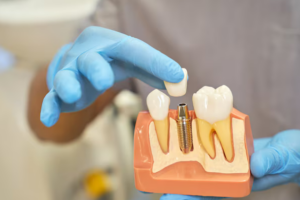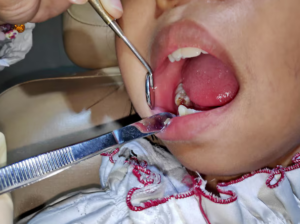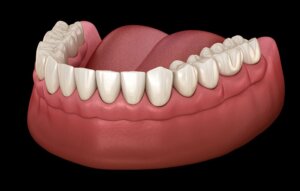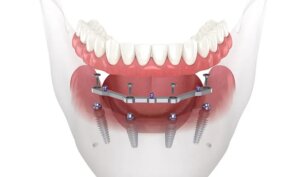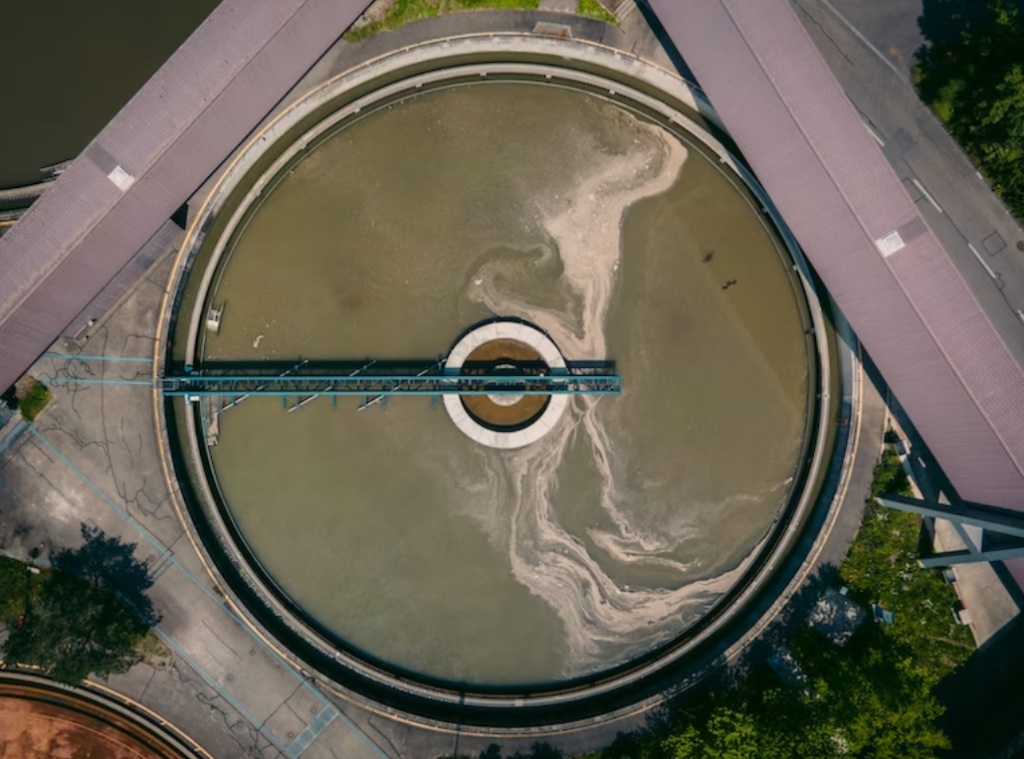
For residents in localities with clean drinking water, imagining the plight of people in water-stressed countries can be challenging. Let’s take the two extreme ends of the spectrum. On the one hand, there are countries like Iceland and Denmark where tap Contaminated Water is perfectly safe to consume.
On the other hand, we have countries such as Nigeria and Somalia, where access to clean water is nothing short of a privilege. Did you know that around 2 billion people worldwide are forced to consume water from microbial and chemical contamination?
The issue is not limited to ingesting contaminated water. Even allowing direct contact with the skin can result in severe rashes. In this article, we will explore the levels of water contamination and how serious the problem is on a global scale.
Parameters for Water Quality
Before we can call water contaminated, it’s important to understand what constitutes clean water and to what degree its purity may be affected. The following parameters help gauge water quality:
Physical Parameters
First, let’s look at some of the tangible factors that help determine water quality –
Color –
Pure water is colorless but may exhibit an earthy color in case of high levels of sediments, a greyish tone in case of high levels of Total Dissolved Salts (TDS), etc.
Turbidity –
This is the measure of cloudiness in water. The cloudier the water, the more unappetizing it looks. It also means there’s a higher concentration of heavy metals like chromium, lead, mercury, etc.
Odor and Taste –
Pure water is also largely odorless and tasteless. However, different chemicals or substances may impart an unusual flavor to the water. For instance, high TDS makes the water salty in taste.
Chemical Parameters
Plenty of chemical parameters determine whether water is safe for consumption. These include:
Acidity and Alkalinity –
If water is highly acidic or alkaline, it is high in industrial or chemical pollutants. Water naturally has a neutral pH of 7.
Nitrates –
A high concentration of nitrates in water indicates it is polluted with algae growth.
Hardness –
Hard water is said to be high in mineralized salts. These salts enter the water through soil contact.
Dissolved Oxygen –
The most important chemical parameter; is the higher the level of dissolved oxygen in water, the purer it’s quality.
Toxic Inorganic Compounds –
These compounds include heavy metals like cadmium and cyanides or nitrates. Even in trace amounts, they can damage health.
Toxic Organic Compounds –
These are man-made pollutants such as pesticides, solvents, and insecticides. They are highly toxic to human and animal life.
Contaminated Water: The Harm Posed to Health
Most people take clean drinking water for granted. Some are even nonchalant about consuming tap water without investigating their municipal supply. The WHO found that nearly 829,000 people die every year due to water-borne diarrhea.
Besides, over 220 million people contract parasitic worms in their intestines due to contaminated water. Then there are insects that breed on some water sources, only to transmit diseases such as dengue fever, cholera, etc.
One case of water contamination in particular that shook the US was the Camp Lejeune water contamination, discovered in 1982. According to TorHoerman Law, the Camp’s residents had been consuming water laden with harmful organic compounds like benzene, trichloroethylene, and tetrachloroethylene for nearly three to four decades.
The result? A sharp rise in life-threatening conditions such as liver and bladder cancers, Parkinson’s disease, infertility issues, miscarriages, and more.
As many as 350,000 people were affected in some or the other way just by the contamination of three water distribution tanks! After careful federal investigations over the years, the Camp Lejeune Justice Act was enforced in 2022. Attorneys have seen people receiving anywhere from $10,000 to $500,000 in Camp Lejeune settlement amounts.
If not as extreme as cancer and Parkinson’s, toxic water does cause chronic issues like dysentery and diarrhea, which are bad enough!
What You Can Do to Alleviate the Problem
Water contamination is a serious, ongoing problem. And with the Camp Lejeune lesson at hand, it is important to protect your water source, whether it’s a well, reservoir, or lake. Yes, a lot may be out of your control, especially with municipal water supply.
But here are a few ways you can be part of the solution –
- Never dump anything into storm drains, especially chemical cleaners! These drains are often directly connected to drinking water sources.
- It is always best to invest in biodegradable cleaners that are good for you and the environment.
- Always clean after your pet because their waste consists of bacteria that increase the risk of getting sick.
- Limit your water consumption because though it looks like plenty, it is a scarce resource.
- Use proper disposal practices for medicines (and that does not include the house drains!).
The Bottom Line
As the world progresses, newer ways of generating waste are available. With that, producing clean and safe drinking water is becoming increasingly difficult. Even so, man is trying his best to keep abreast.
For instance, The American Chemical Society (ACS) has released multiple research papers on the latest advancements in water treatments. These include flower-like contaminant absorbers, ozonation, molybdenum disulfide, and more.
With the condition of the world today, those words ring true – “Having pure water is no small pleasure.”

